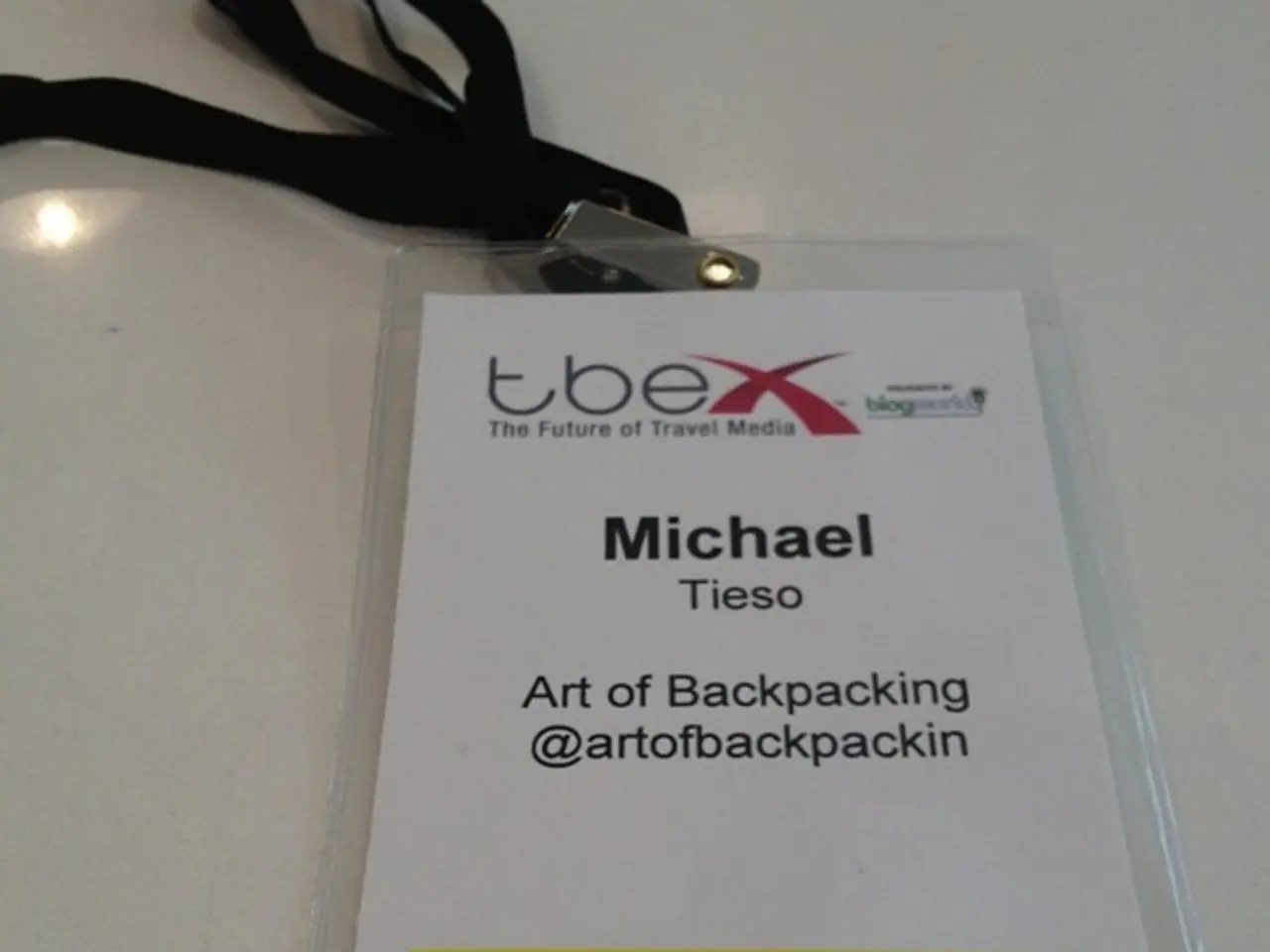Easy Methods to Secure Your Initial Freelance Position through Online Platforms
Starting a freelance career can be an exciting yet daunting journey, but choosing the right freelance platform can significantly increase your chances of landing your first gig. Here are some key strategies to help you make the right choice.
For beginners, it's essential to focus on platforms that highlight your specific skills and offer a beginner-friendly environment. Instead of diving straight into large platforms like Upwork or Fiverr, consider niche or skill-focused platforms where your work stands out more easily. Designers, for instance, benefit from starting on Behance or Dribbble, while writers may find better opportunities on Contently or ClearVoice, tailored to content creation.
When selecting a platform, consider its size and competition. Large generalist sites like Upwork, Freelancer.com, and Fiverr offer many projects but also have heavy competition and stricter entry barriers, which may be tough for beginners. Smaller or niche platforms, on the other hand, tend to have less volume but better chances for new freelancers to get noticed.
Evaluating platform features and fee structures is also crucial. Platforms like Guru offer flexible collaboration tools and low fees, suitable for freelancers valuing transparency and ongoing client relationships, though they may have fewer projects than bigger marketplaces. Meanwhile, sites like 99designs focus on design contests and are ideal if you want creative project exposure without bidding wars.
Building and continuously updating a strong portfolio on your chosen platform is vital. A well-maintained portfolio reflects your skills growth and professionalism and attracts more clients on any platform. Keep adding new projects and refreshing older ones to stand out against other beginners.
For those who prefer built-in networking and professional connections, consider LinkedIn ProFinder, especially if you have a strong LinkedIn profile and seek long-term professional engagements. It integrates with LinkedIn and targets clients seeking trusted experts.
Remember, landing your first freelance gig is a process that requires patience and dedication. Building relationships with potential clients through networking can lead to client referrals, which often pay better and come more easily than cold applications. Cold pitching your services can also be an effective way to secure your first freelance job, but it requires learning to introduce yourself and your services in a clear, professional manner.
Lastly, thinking of your profile as a silent pitch that explains why someone should hire you can help attract clients. Optimizing your profile on the right platforms with relevant keywords and a clear, direct bio can improve visibility. Social media platforms like LinkedIn, Twitter, and Instagram can be used to showcase work, share industry insights, and engage with potential clients.
In summary, choosing the best freelance platform depends on your skill area, desired client type, and willingness to compete. Niche sites or platforms with beginner-focused features increase your visibility and improve your chances of landing that crucial first gig. Then, consistently updating your portfolio and tailoring your proposals will further boost your success.
- For designers seeking a freelance platform, Behance or Dribbble might be more suitable given their focus on design-related projects.
- Although Upwork, Freelancer.com, and Fiverr offer numerous projects, smaller or niche platforms may provide better opportunities for new freelancers to get noticed.
- Guru, for instance, offers flexible collaboration tools and low fees, making it suitable for those valuing transparency and ongoing client relationships.
- Design-focused platforms like 99designs, with their focus on design contests, could be ideal for those seeking creative project exposure.
- Building and maintaining a strong portfolio on the chosen platform is vital in demonstrating professional growth and attracting potential clients.
- LinkedIn ProFinder, which integrates with LinkedIn, targets clients seeking trusted experts and might be beneficial for those who prefer building professional connections.
- In the journey of landing a freelance gig, patience, dedication, and continuous learning (such as skills training and job-search strategies) are crucial to success, whether it's through networking, cold pitching, or optimizing your online profiles.




